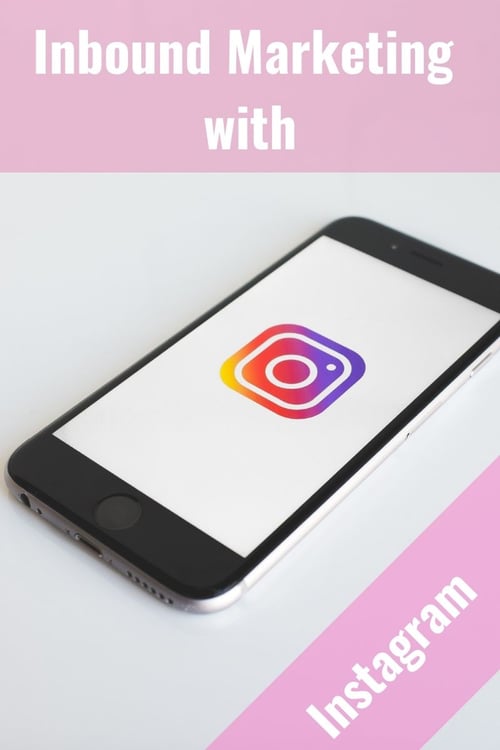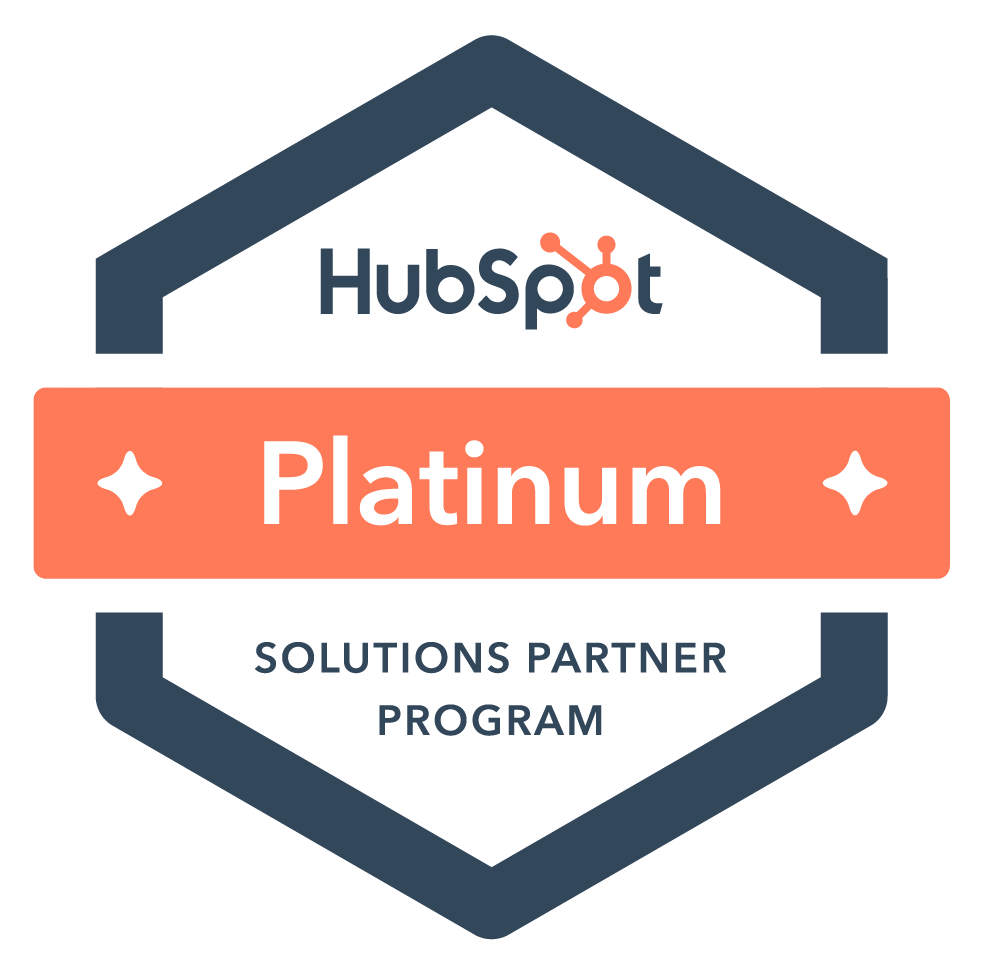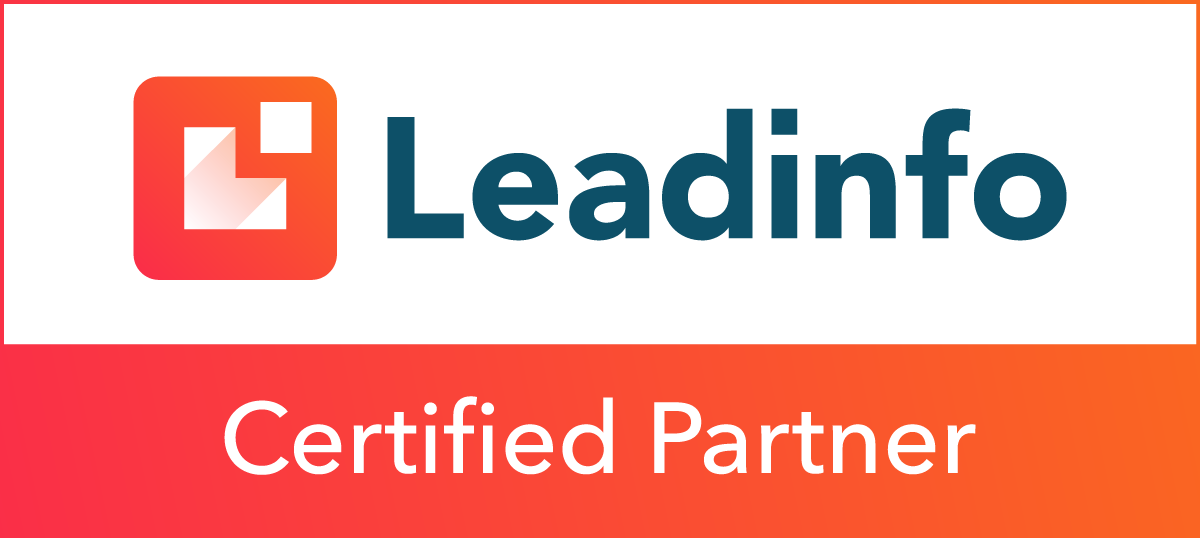
Blog

3 Common Misconceptions About LinkedIn
Happy birthday LinkedIn! After 17 years this platform has continued to grow exponentially. After reaching 100,000 members in its first year, LinkedIn now has 630 million users. Yet this social media outlet still seems to be the most intimidating and the most misunderstood due to its positioning as a network for professionals. Let’s take a look at three roadblocks I often hear when asked why organizations don’t include LinkedIn in their inbound marketing strategy.
My customers aren’t on LinkedIn
Another iteration of this reasoning to not utilize LinkedIn often sounds like “I know all my customers already.” First - that’s great! I think you should know and have relationships with your customers. But if that's the case, I'd ask, "Do you want to meet the people who aren’t your customers yet?"
I guarantee your customers, and other people who fit your ideal buyer persona, are on LinkedIn. You are missing out on connecting with, educating, and essentially converting contacts. Let me show you an example.
One of our clients sells electronic price signs to gas stations. If while we were discussing a social media strategy, they were to express concern that they didn’t think gas station owners were on LinkedIn, a quick search of “Gas Station Owner + People” would reveal 29,000 results. That’s 29,000 people with the title of Owner, Gas Station as their current title or in the experience section of their profile. Now that is worldwide. Let’s say my client only sells in the United Sates, those results would be filtered down to 14,000. An even more localized filter takes that down to 1,100 results in the Houston, TX area.
I love doing this exercise with people for two reasons:
- They are usually shocked at the number of results. Seeing in black and white the number of potential leads is exciting no matter what industry you’re in.
- They typically recognize some names in the first page of results, therefore reinforcing the idea that yes prospects are on LinkedIn but so are (dramatic pause) their customers!
Social media is only for young people
I could (and should) write a whole blog about the idea that “older people don’t use the internet or social media” is no longer accurate. That said, today’s post is on LinkedIn, so I’ll do my best to stay on topic.
Here are a couple stats to start painting the picture about the demographics of LinkedIn.
- 24% of people 50-64 years old have a LinkedIn profile
- 35% of LinkedIn users are 35 years old or older (that’s 1/3 of the users)
- Only 6.8% of users are recent graduates
Now that I’ve addressed the overall age of users, let’s go one step further and talk about their experience. Nearly 15% of users are senior level influencers. 10% are decision-makers. Would you like to start a conversation with that level of employee?
LinkedIn is simply for recruiting
I’m not sure exactly when this stereotype grabbed hold. I tried to dig deep into the history of LinkedIn to support when that may have been the case but couldn’t find it. However, this article from 2017 addresses the idea very succinctly.
What is true is that recruiters utilize LinkedIn. As they should! However, while I did read that at least 77% of recruiters use the platform, my quick search and math analysis resulted in teaching me that only .28% of LinkedIn users have the job title of ‘Recruiter.’ I was hoping to find a list of the top job titles, but since many customize this field to describe what their role means as opposed to what title is on their company’s contract, that proved to be difficult.
having major fomo?
I already had strong feelings about the power of LinkedIn, but as I was researching stats to back up my opinion, I came across a statistic that drove the point home. According to Oberlo.com
“...it is estimated that more than seven out of ten buyers are influenced by social media when deciding to purchase a product or service.
Of all the social networks, LinkedIn seems to have the upper hand. 52 percent of buyers list LinkedIn as the most influential channel during their research process (Demandbase, 2018). This is followed by 42 percent of buyers who list blogs as having the biggest influence on their research.”
Let’s talk about how LinkedIn can be an effective tool in your inbound marketing toolbox.
If you’re hungry for more statistics here are the articles that support some statements made:
https://www.omnicoreagency.com/linkedin-statistics/
https://www.marketing-mojo.com/infographic/infographic-guide-demographics-linkedin-users/ -
https://foundationinc.co/lab/b2b-marketing-linkedin-stats/
https://sproutsocial.com/insights/new-social-media-demographics/
https://99firms.com/blog/linkedin-statistics/#gref
Subscribe to email updates
Recent posts

Related Articles

Topics

Topics

Topics






